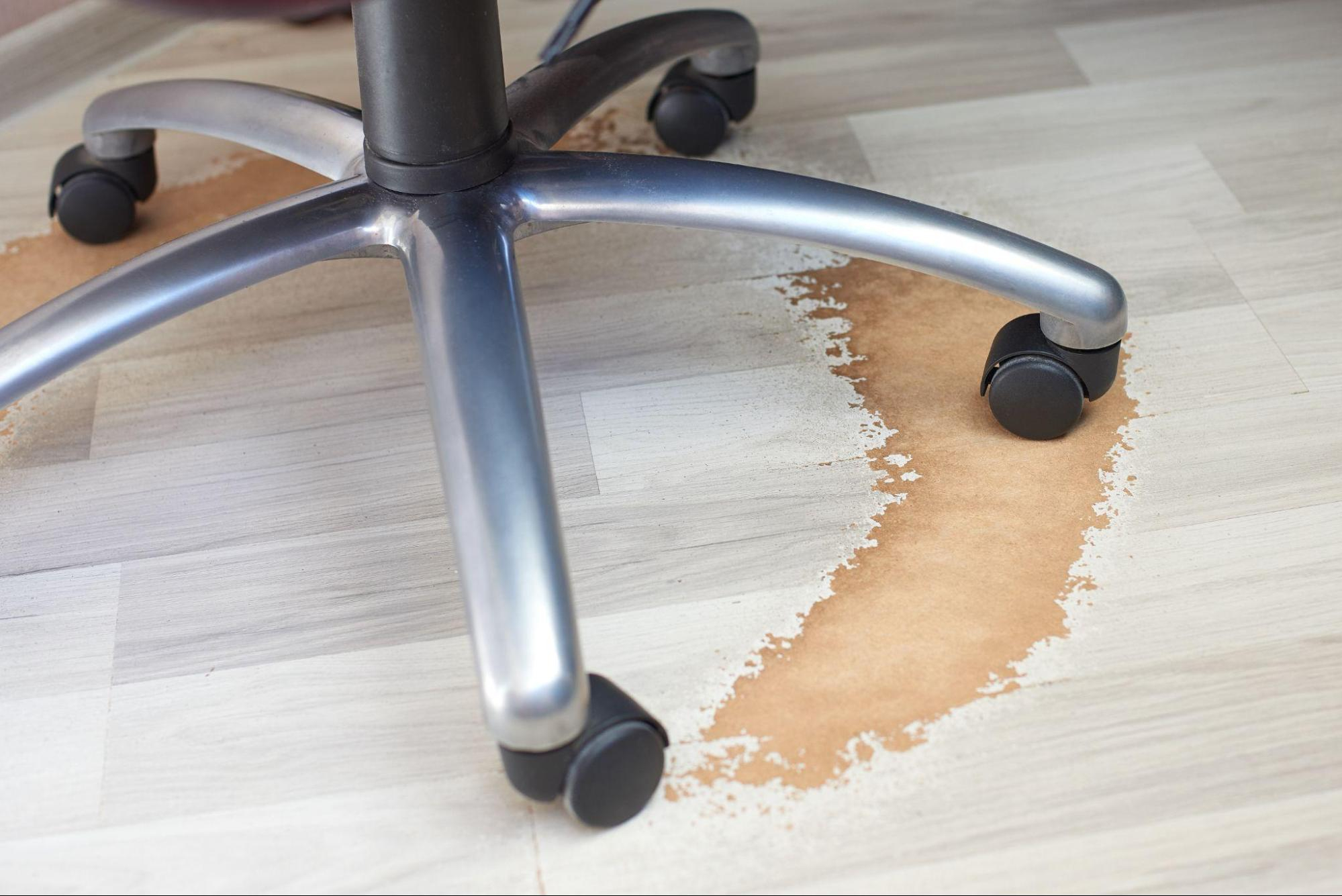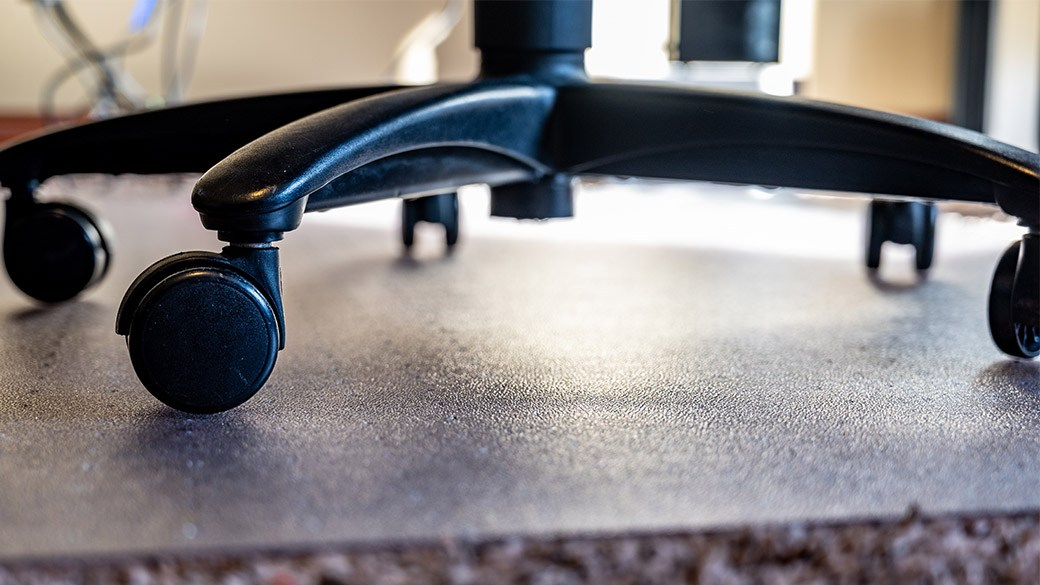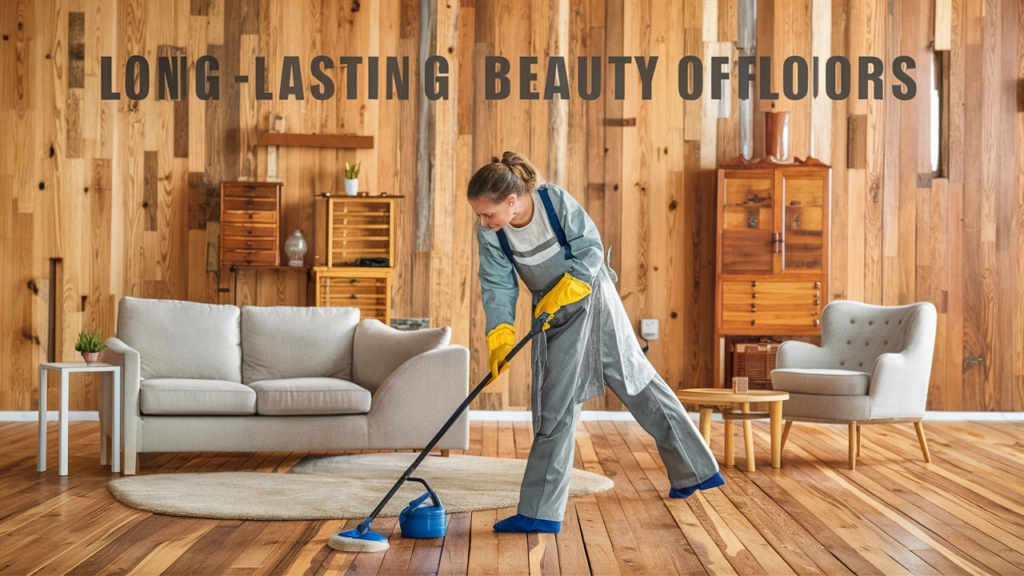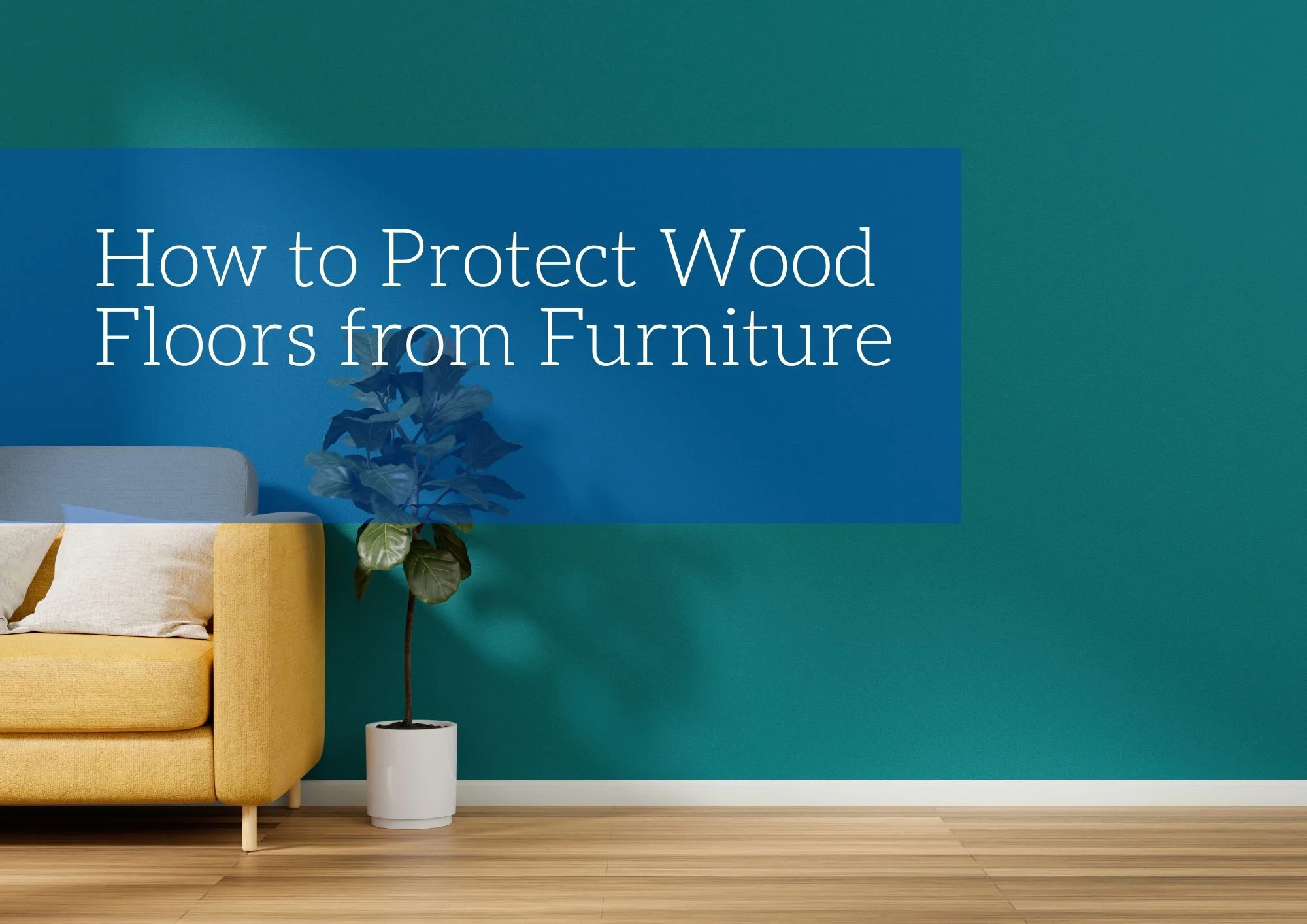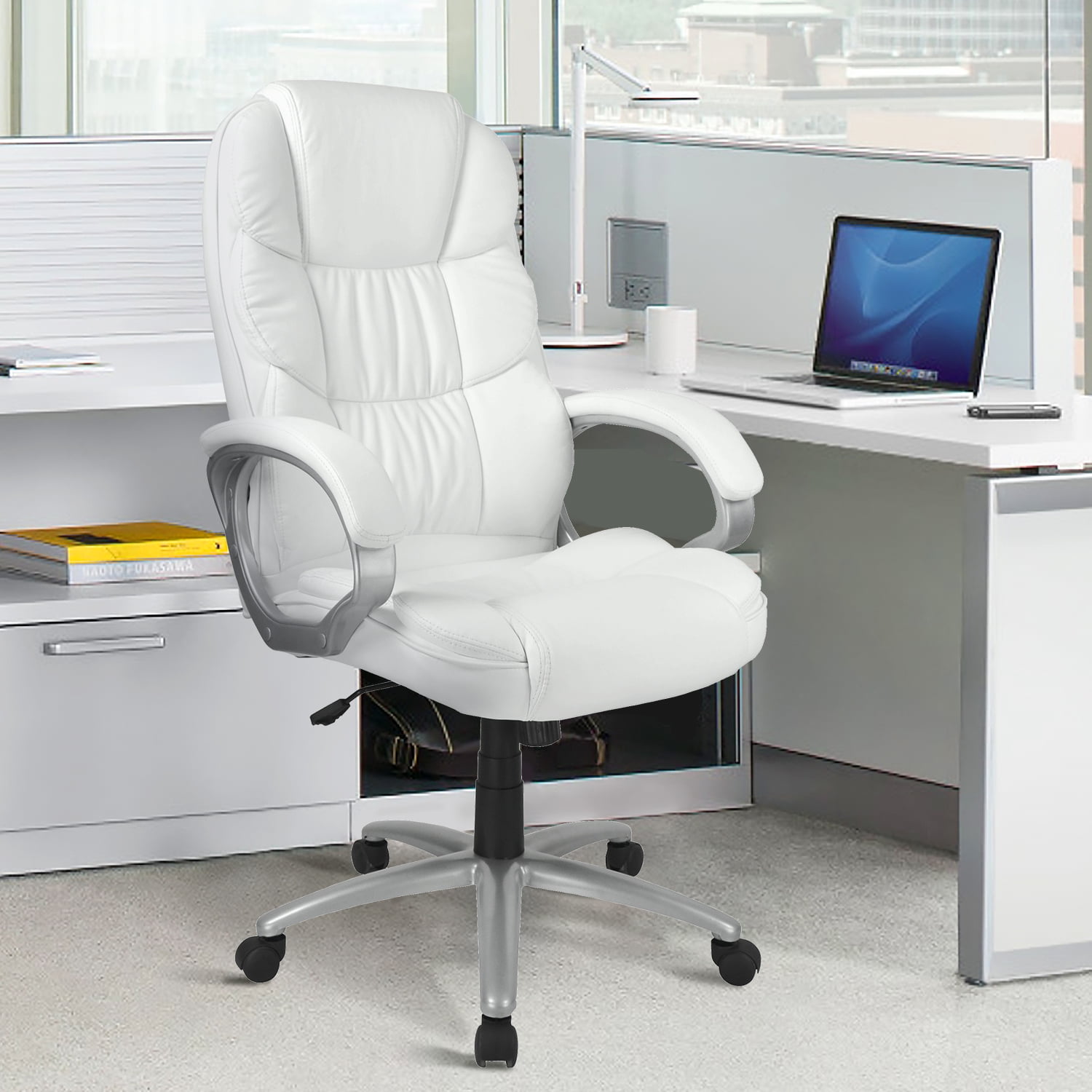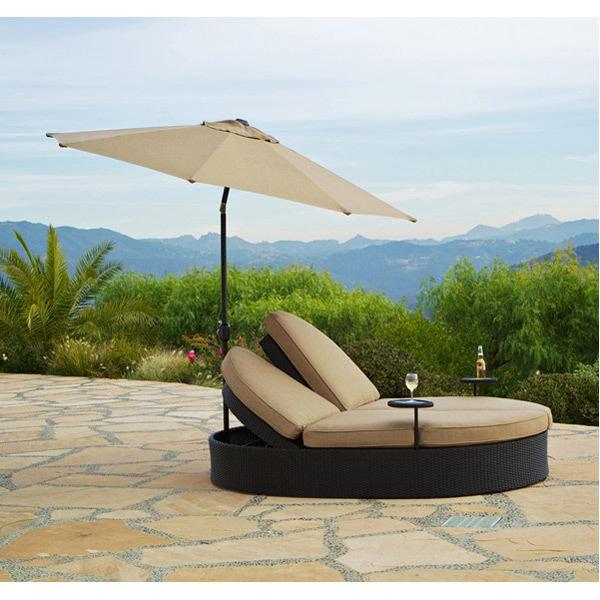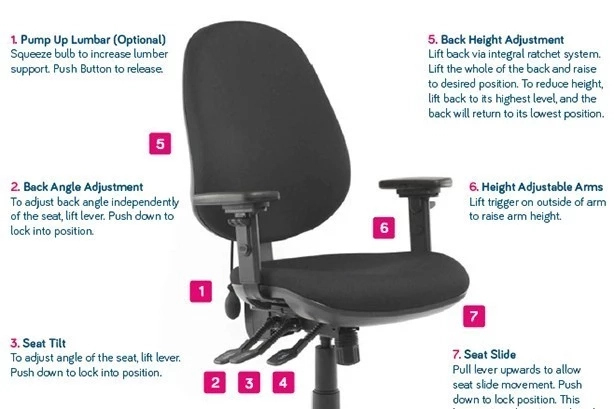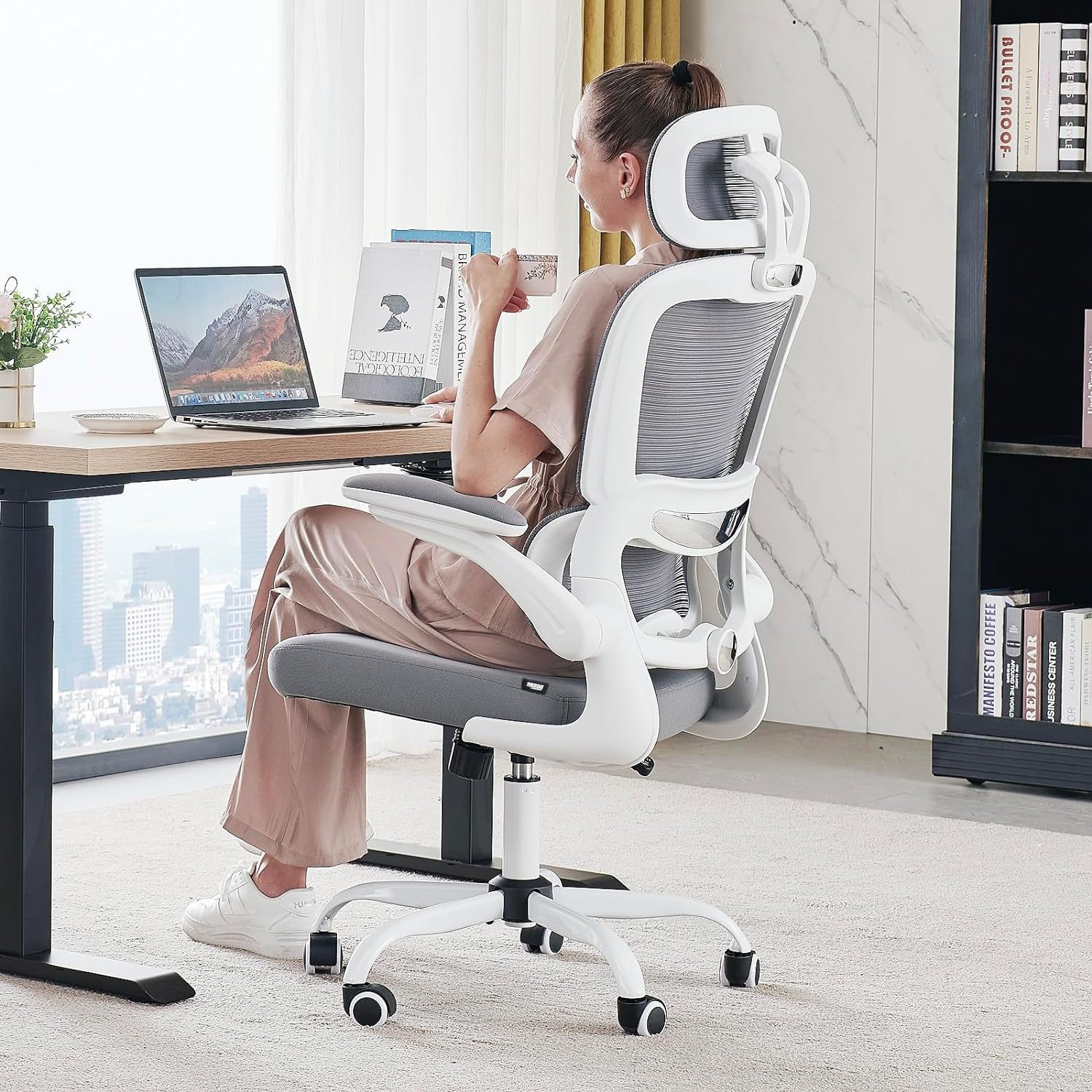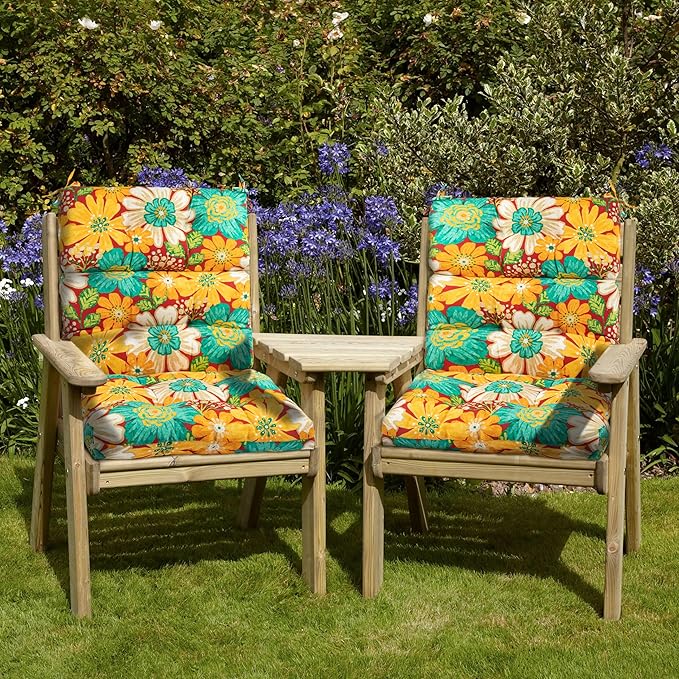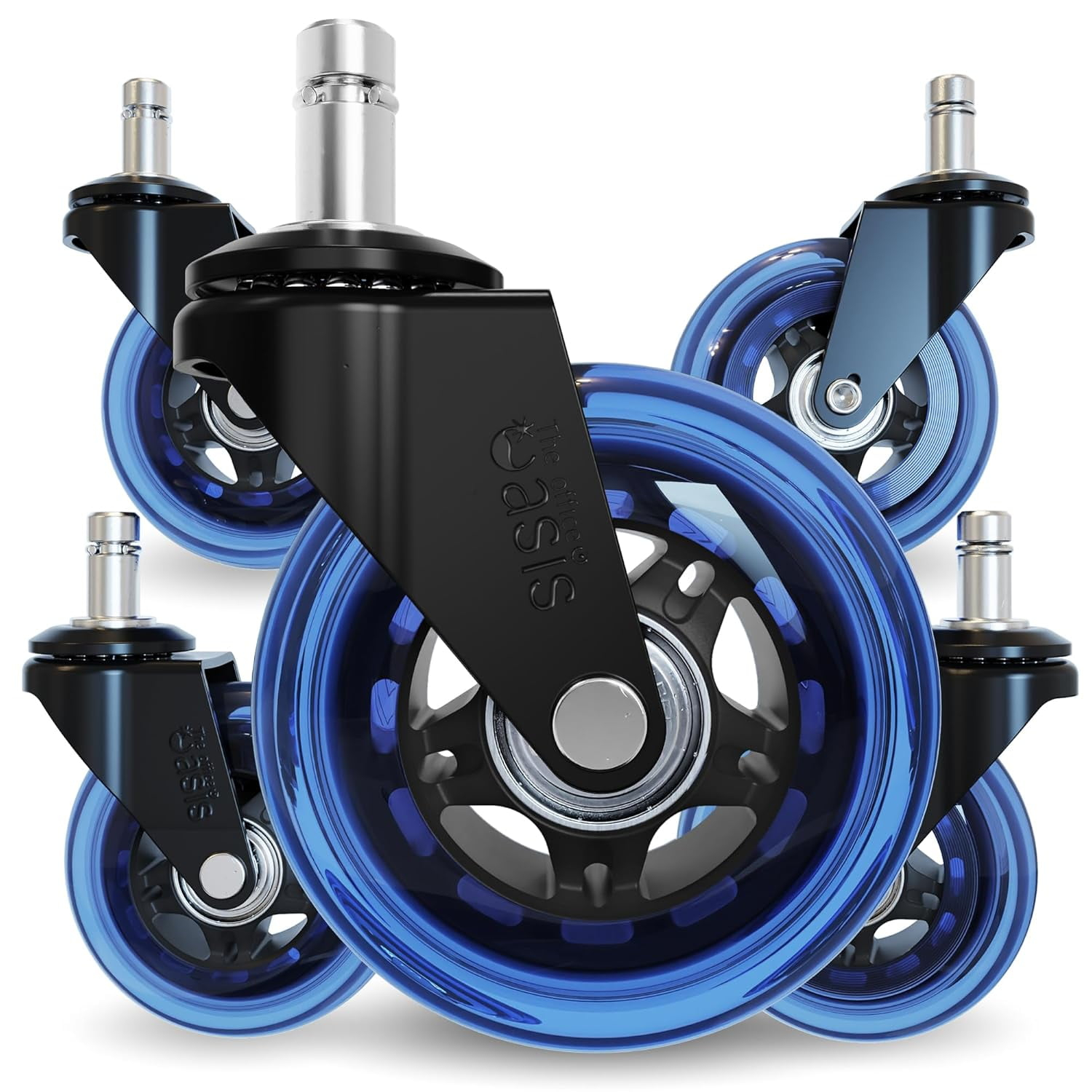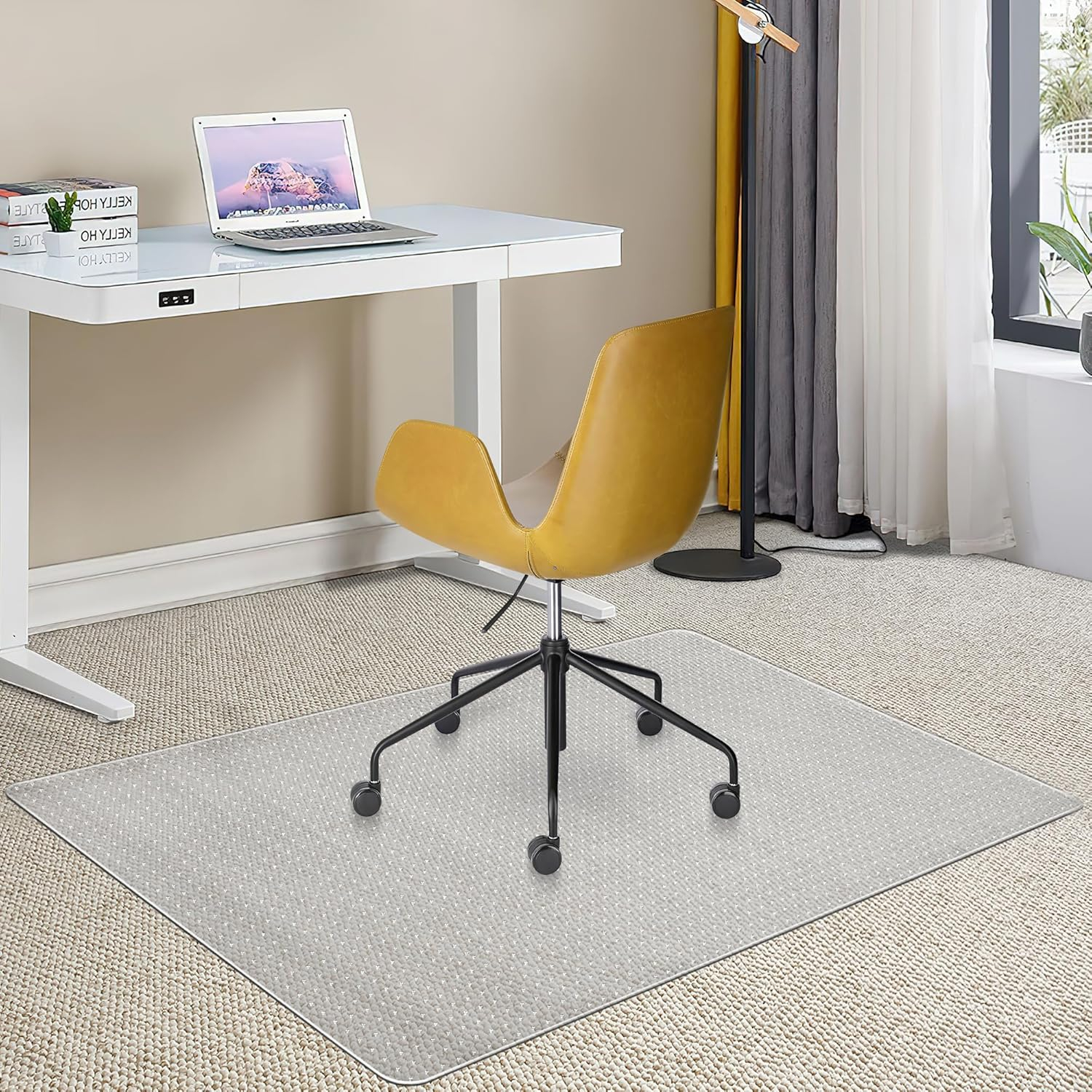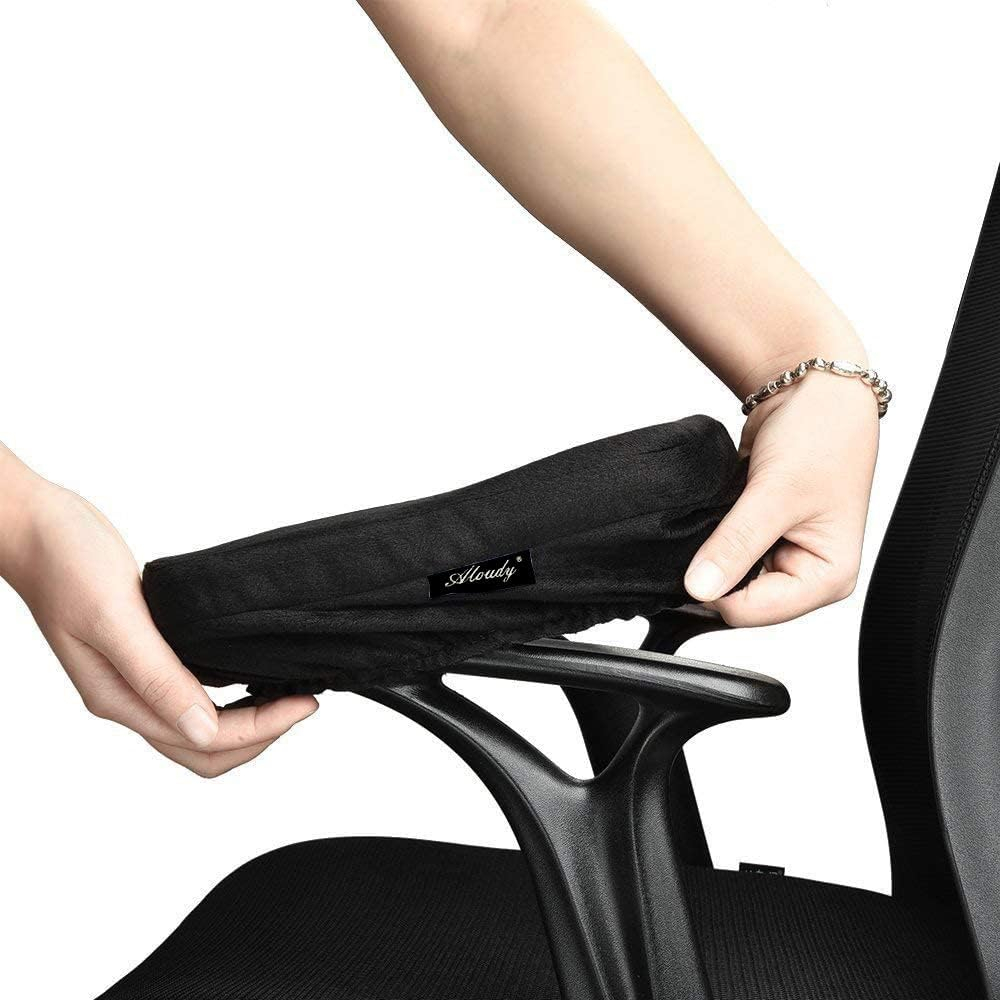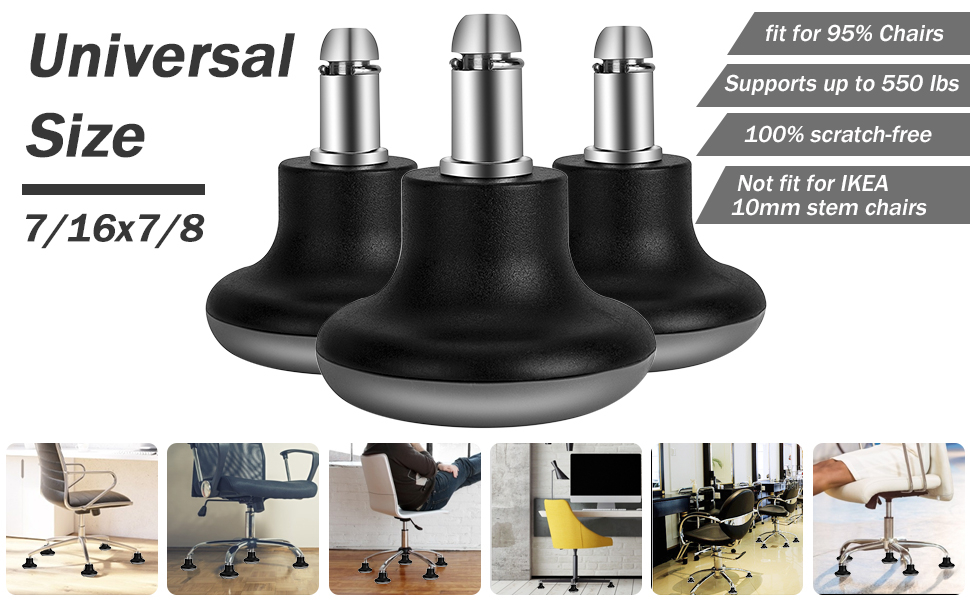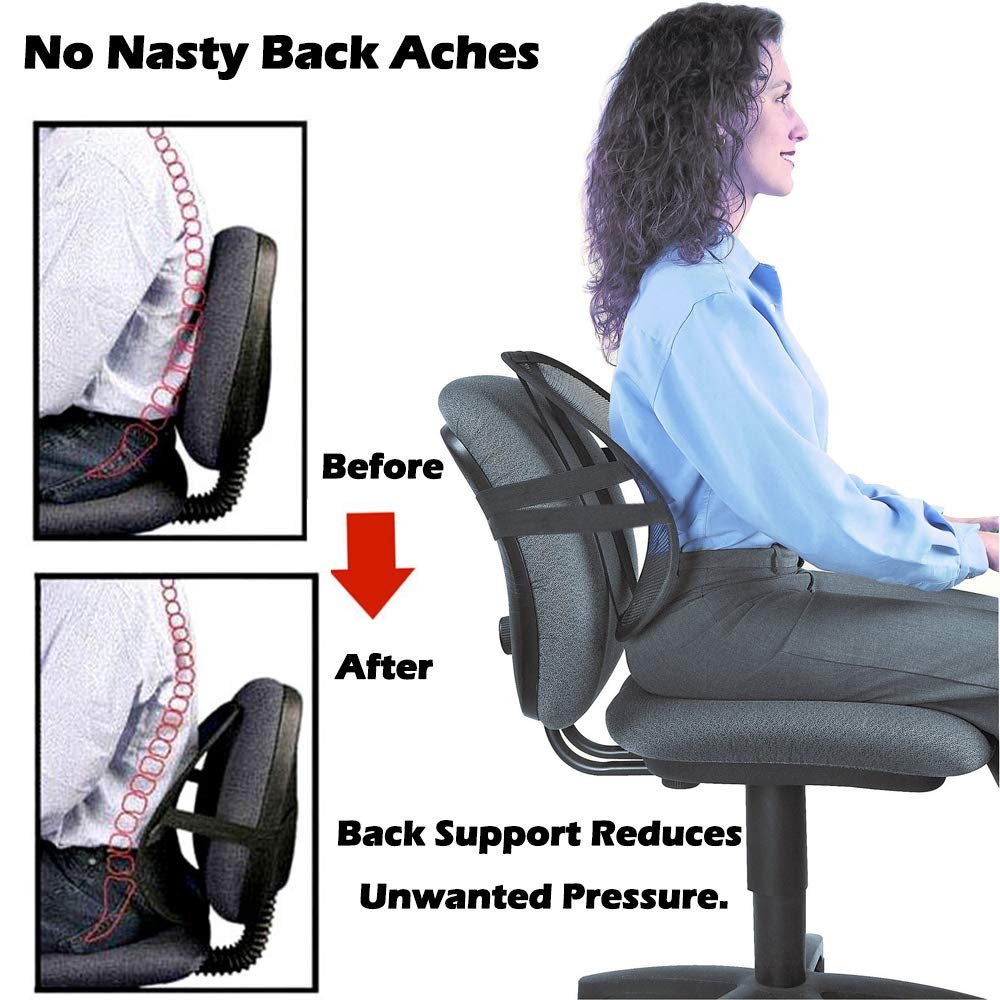Hardwood floors bring such warmth and classic beauty to any home. They’re a real investment, aren’t they? But then comes the rolling chair – the office essential, the hobbyist’s friend. While incredibly useful, these chairs can spell disaster for those gorgeous wood surfaces if we’re not careful. It’s a common dilemma, and one that many homeowners face. How do you enjoy the convenience of a rolling chair without sacrificing the integrity and appearance of your cherished hardwood? It’s all about being proactive and making smart choices.
There’s nothing quite like the look and feel of hardwood floors underfoot. They add a timeless elegance that’s hard to replicate. However, the simple act of rolling a chair across that surface can quickly turn a pristine floor into a scratched and dented mess. Think about it: the constant pressure and friction from chair casters, especially on harder wood types or older finishes, can wear down the protective coating and even gouge the wood itself. It’s a gradual process, but the damage can be significant and costly to repair. So, what’s a savvy homeowner to do? The good news is, with a little knowledge and a few simple steps, you can easily prevent this common problem.
Understanding the Damage: How Chairs Hurt Your Floors
It’s helpful to grasp exactly how rolling chairs cause harm. The primary culprits are the wheels, or casters. These little devils, especially if they’re made of hard plastic or have accumulated dirt and grit, act like tiny pieces of sandpaper. Every time the chair moves, those casters grind against the floor’s finish. Over time, this leads to:
- Surface Scratches: These are usually superficial, affecting the top coating of the floor. You’ll see fine lines across the surface where the chair rolls.
- Deeper Gouges: If the casters are particularly rough, or if there’s debris trapped in them, they can dig into the wood itself, leaving more permanent marks.
- Wear Patterns: Even without obvious scratches, constant rolling in the same paths can wear down the finish, creating dull patches that look uneven and aged.
- Cracks and Splits: In extreme cases, the repeated stress can even cause the wood planks to crack or split, especially if the wood is dry or has existing weaknesses.
The Best Defense: Choosing the Right Chair Casters
This is perhaps the most impactful step you can take. Not all casters are created equal when it comes to hardwood. The key is to opt for softer, more floor-friendly materials.
- Soft Rubber or Polyurethane Casters: These are your absolute best friends. They’re designed to be gentle on all types of flooring, including hardwood. They offer more grip and less friction, significantly reducing the risk of scratches and dents. Many office chairs come with hard plastic casters as standard, so a simple swap can make a world of difference. You can often buy replacement caster sets online or at office supply stores.
- Avoid Hard Plastic or Metal Casters: These are the ones that typically cause the most damage. If your chair has them, consider upgrading immediately.
- Consider Rollerblade Style Wheels: These have become incredibly popular and for good reason. They roll smoothly and quietly, and their softer material is exceptionally kind to hardwood. They also tend to be larger, distributing the chair’s weight over a greater surface area, which further minimizes pressure points.
Adding a Protective Layer: Mats and Rugs
Beyond the chair itself, adding a physical barrier between the casters and the floor is another highly effective strategy.
- Hardwood Floor Mats: These are specifically designed to protect wood surfaces. Look for mats made from clear, durable polyurethane or PVC. They typically have a textured surface on top for grip and a smooth, non-damaging underside. Many also have small cleats or grips to prevent them from sliding around. They’re ideal for high-traffic areas where a chair is used frequently, like a home office or craft room.
- Area Rugs: Placing a rug in the primary rolling area can also work. However, be mindful of the rug’s backing. Some backings can be abrasive or leave marks on hardwood. A good quality rug with a soft, felt-like backing is usually a safe bet. Ensure the rug is large enough to accommodate the full range of the chair’s movement. You don’t want the casters to roll off the edge onto the bare wood.
- Important Note on Mats: Make sure the mat you choose is specifically labeled as safe for hardwood floors. Some older or cheaper mats might contain chemicals that can discolor or damage the wood finish over time.
Maintenance Matters: Keeping Things Clean
Even with the best casters and mats, good maintenance practices are crucial. Dirt, dust, and small debris that get lodged in chair wheels or on the floor surface can act like fine grit, accelerating wear and tear.
- Regularly Clean Chair Casters: Take a moment every week or two to inspect your chair’s wheels. Use a damp cloth or a small brush to remove any accumulated dust, hair, or debris. This simple step can prevent a lot of micro-scratches.
- Sweep or Vacuum Your Floors: Keep your hardwood floors clean. Regular sweeping or vacuuming (with a hard floor attachment, of course) removes the abrasive particles that can get ground into the floor by rolling chairs. Pay special attention to the areas where the chair is most often used. A quick sweep before you start working can be very beneficial.
- Wipe Up Spills Promptly: While not directly related to chair damage, keeping your floors clean and dry is always a good practice for overall preservation.
Considering Chair Design and Weight Distribution
Sometimes, the design of the chair itself plays a role. Chairs with a wider base and more casters tend to distribute weight more evenly, putting less concentrated pressure on any single point of the floor.
- Wider Bases: A chair with a five-star base, for instance, is generally better than one with a narrower or tripod-style base. This wider stance helps spread the load.
- Weight: Heavier individuals or heavier chairs will naturally exert more pressure. This is another reason why using softer casters or protective mats is so important, especially if you or your chair are on the heavier side.
- Ergonomic Considerations: When choosing a new chair, if you know it will be on hardwood, keep the caster type and base design in mind as part of your decision-making process. Prioritize models known for their floor-friendly features.
When Damage Happens: Repair and Prevention Going Forward
Despite your best efforts, some wear and tear might still occur over time. If you notice scratches or dull spots, don’t despair.
- Minor Scratches: For light surface scratches, a hardwood floor repair kit or a touch-up pen in the matching color of your floor can often mask the damage effectively. Sometimes, buffing with a soft cloth can even help blend minor imperfections.
- Deeper Scratches or Dents: These might require more involved repair, potentially involving wood filler and refinishing. If the damage is extensive, consulting a professional flooring specialist is a good idea.
- The Best Long-Term Strategy: The most effective approach is always preventative. By implementing the caster upgrades, mat usage, and good cleaning habits we’ve discussed, you drastically reduce the likelihood of needing major repairs down the line. It’s about investing a little effort now to save yourself a lot of hassle and expense later.
Protecting your beautiful hardwood floors from rolling chairs doesn’t have to be a daunting task. By understanding how the damage occurs and taking simple, proactive steps – like choosing the right casters, using protective mats, and maintaining a clean environment – you can ensure your floors remain stunning for years to come. It’s about making informed choices and treating your floors with the care they deserve. So go ahead, swivel and roll with confidence, knowing you’ve got a solid plan to keep your hardwood looking its absolute best. Your floors will thank you for it.

